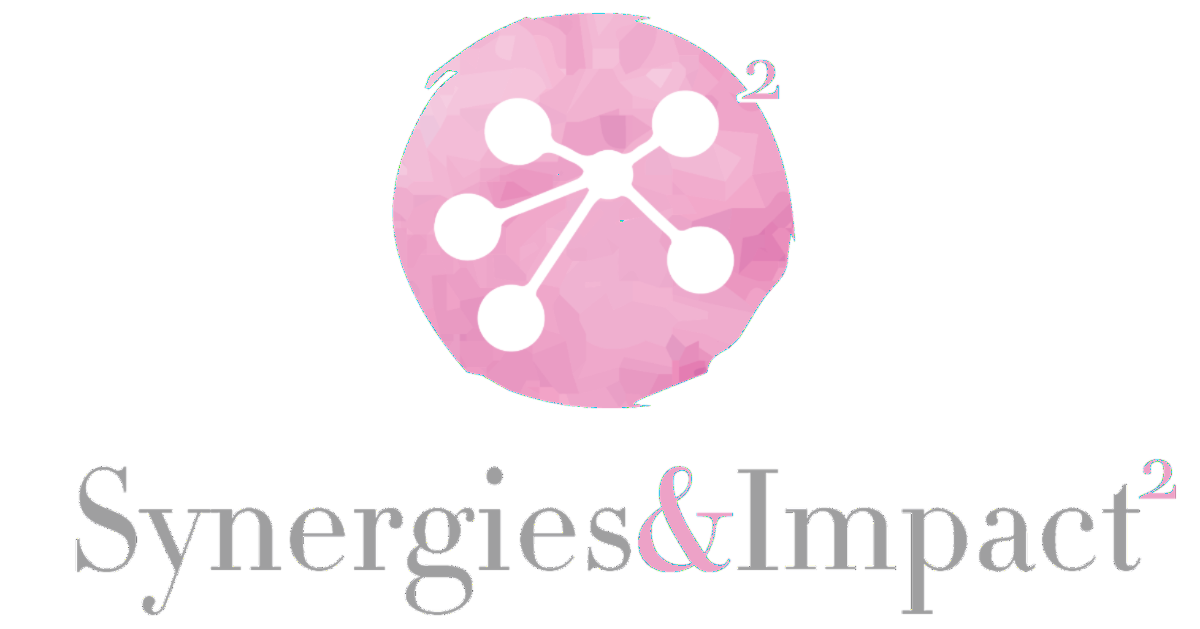In his fortnightly blog, What’s In It For Me?, Nabeel Akram discusses how technology is transforming health; its connections with adolescent and youth development, and the opportunities in sustainable financing for health.
Despite overwhelming data on head injuries and concussions in football, not enough is done to prevent more Damar Hamlin-like cases to occur in the future.
The non-communicable diseases impact the lives of the young as much as those of older people. The agenda of non-communicable diseases and injuries has to be reframed to include justice and equity as critical factors in making such investment decisions.
Why does coronavirus behave differently in children than in adults? What is different and what are some of the hypotheses and clues that can help scientists in developing solutions for slowing down this outbreak that puzzles the world community?
In 2016, Daniel Vigo and his companions argued in an article published in The Lancet that global burden of mental health is underestimated and the true burden could be a distant first in terms of YLDs (or Years Lived with Disability) …
… a gay couple in Mandalay found no other way but to take their lives by ingesting pesticides since their parents did not approve of their union. In another case, according to the same paper, a law university student hanged himself to death since he could not take the pressure of the studies anymore.
We have come far, both in our understanding of the private sector potential in the development sector, as well as in the ways to engage with it, in win-win partnerships.
When I was growing up, I saw a little saying on a tile in a bookstore. It read something like that “it is incredible that what one could achieve if one doesn’t care who gets the credit.”









The renowned humorist Dave Barry once said, “to an adolescent, there is nothing in the world more embarrassing than a parent.” Many of us tend to think that way about our children. But who actually is Gen Z and what do they think?